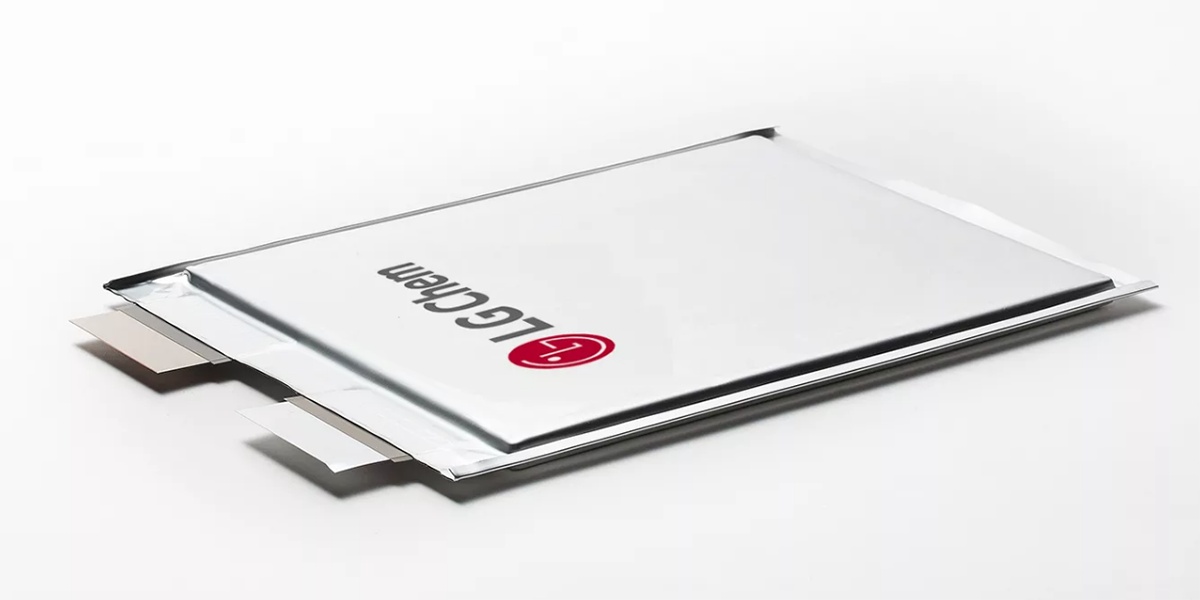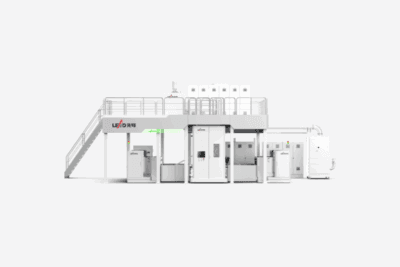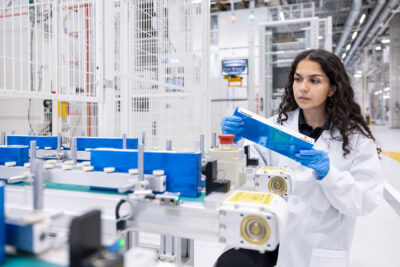LG aims for 110 GWh cell production in the USA by 2025
The South Korean battery cell manufacturer LG Energy Solution has announced that it will invest more than 4.5 billion US dollars (just under 3.8 billion euros) by 2025 to expand its production capacities in the USA by 70 GWh to 110 GWh. At least two new factories are planned.
LG Energy Solution wants to build a second battery cell factory as part of the joint venture with General Motors. This is to offer a similar production capacity as the first plant in Ohio (35 GWh per year) and produce “next-generation cells”. In addition, LG announced a “Green Field Project”, an explicitly policy-oriented push to actively engage in the ecological turnaround sought under US President Joe Biden. In this context, LG intends to identify two candidate locations for a further factory in the first half of 2021, in which various cell types are to be produced: Pouch cells for electric cars and stationary battery storage, and cylindrical cells for electric cars. It is quite possible that the cylindrical cells also refer to the 4680 cells that LG could produce for Tesla from 2023. However, this has not been confirmed.
Currently, LG Energy Solutions maintains a 5 GWh cell factory in Michigan, which was already commissioned in 2012, and in 2022, in cooperation with GM, completes construction work on a joint venture factory located in Ohio with an annual capacity of 35 GWh. Together with the now announced second GM-LG factory (again around 35 GWh), for which the group has not provided any further details to date, this adds up to 75 GWh. In order to reach the 110 GWh promised by LG, another 35 GWh of annual capacity must be created via the “Green Field Project”. The South Koreans do not reveal whether this is to be covered by one or several factories.
The group’s statement says rather generally that pressure on domestic production of electric car components in the US is increasing sharply and LG Energy Solution is looking to expand its production capacity to meet the needs of numerous global automakers in the US and Europe. “In addition to partnerships with major global companies, LG Energy Solution is also currently receiving battery supply orders from various ESS and EV start-ups in the US,” the company also shares.
With the investment of 4.5 billion US dollars, the manufacturer wants to create 4,000 direct and 6,000 indirect jobs in the supplier industry in the USA. In its statement, LG emphasises its close ties to the USA. Already in 2000, the first US research facility was founded, it says. With GM, Ford and Chrysler, all three major US car companies are customers of LG cells.
“The goals of the US president and automakers will drive the growth of the electric vehicle and energy storage system market in the US,” Jong Hyun Kim, CEO of LG Energy Solution, makes direct reference to the policy reversal in the United States. “LG Energy Solution is committed to expanding its battery manufacturing capacity and building a stable, local supply chain that offers everything from R&D to production.” Through this commitment, he said, it aims to secure its leadership position as a “strong, indispensable partner in the electric vehicle and ESS market and contribute to the success of the US auto industry and economy”.
Incidentally, LG Energy Solution is a newly formed division of LG Chem, which is profitable with the demand for batteries – not only for electric cars, but also for mobile devices such as smartphones – and employs about 22,000 people, including about 7,000 in South Korea and 15,000 in other countries. LG Energy Solution is still part of LG Chem, but has been operating as an independent entity since December 2020. Meanwhile, LG Chem itself still consists of three divisions – Petrochemicals, Advanced Materials and Life Sciences – and two independent subsidiaries – Farm Hannong in addition to LG Energy Solution.
With reporting by Sebastian Schaal, Germany.





0 Comments